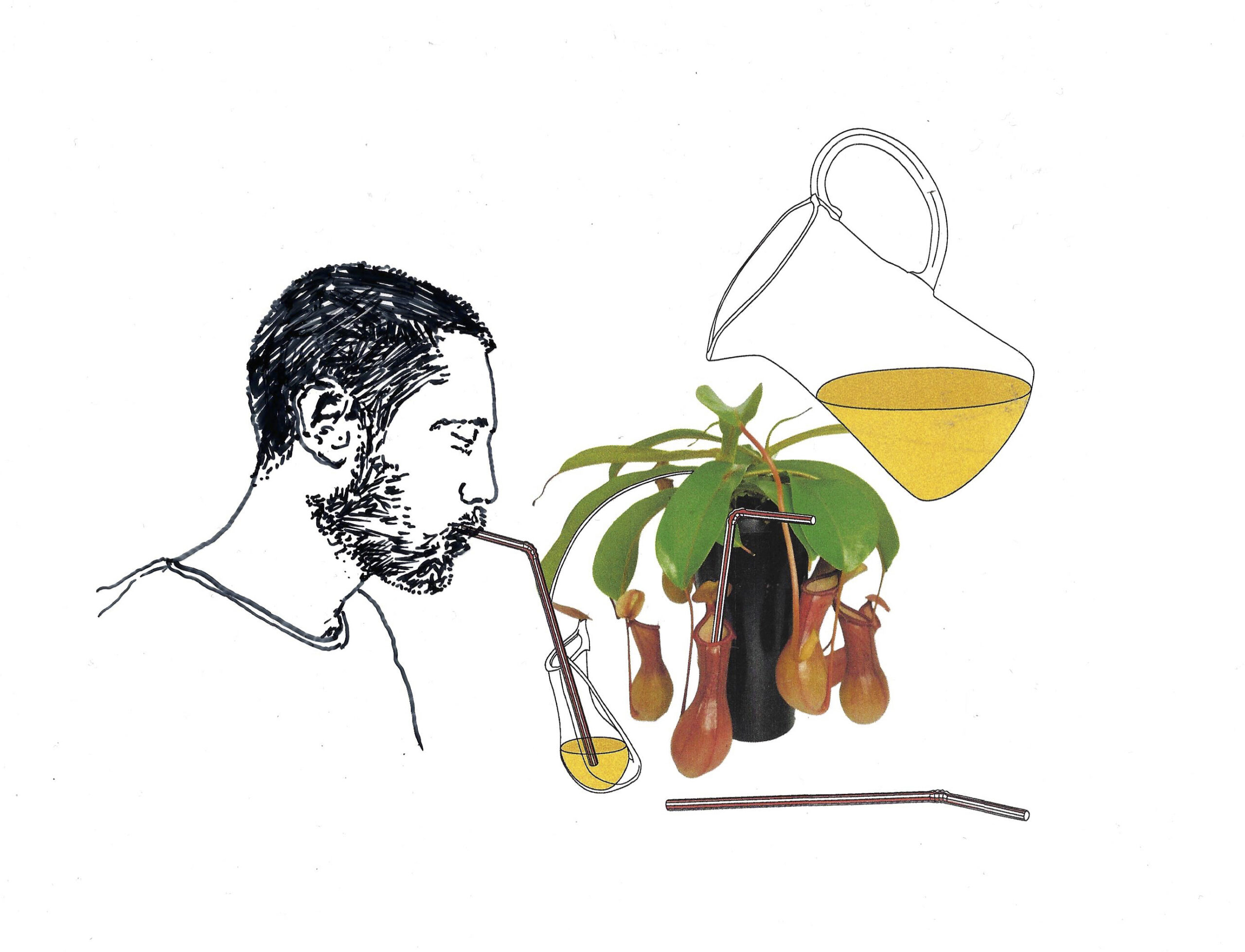Hallmarks of Malignant Growth: Self-sufficiency in Growth Signalling
To understand what makes the idea of continuous growth so powerful, despite it often being very harmful, we turned to cancer research to learn when growth turns malignant. Although cancer is a very complex phenomenon the seminal paper “The hallmarks of cancer” managed to simplify its underlying process to ten common traits that many cancers share to facilitate the transformation from a normal cell to a cancer cell. Published by Robert Weinberg and Douglas Hanahan in 2000, with an updated version in 2013, the paper functions as a guide and lens to learn about the underlying destructive principles of growth. And what to do about it.
The first hallmark described by the authors is the ability of cancer cells to stimulate their own growth. Normally in multi-cellular beings such as humans, cells communicate with each other in response to environmental conditions. There’s a sophisticated chain of command with check points to make sure the signal to grow only continues downstream when there’s genuine need. This chain of events, or cascade, is basically made up of proteins connecting to each other like pieces of a puzzle, and exchanging information. If the piece fits then the cascade continues all the way to the inside of the nucleus where DNA is activated. The difference with cancer cells is that they don’t need the ‘go ahead’ signal of external growth factors because they’re able to: 1. Synthesise their own growth factors, thus multiplying even in the absence of appropriate environmental conditions. 2. Create more, or more responsive, receptors for the growth signal, creating a state of hypersensitivity to (external) growth signals or 3. Bypass the necessity for growth signals by activating pieces of the protein puzzle further downstream in the cascade. With these 3 strategies for bypassing the regulation of growth cancer cells are capable of growing uncontrollably.













